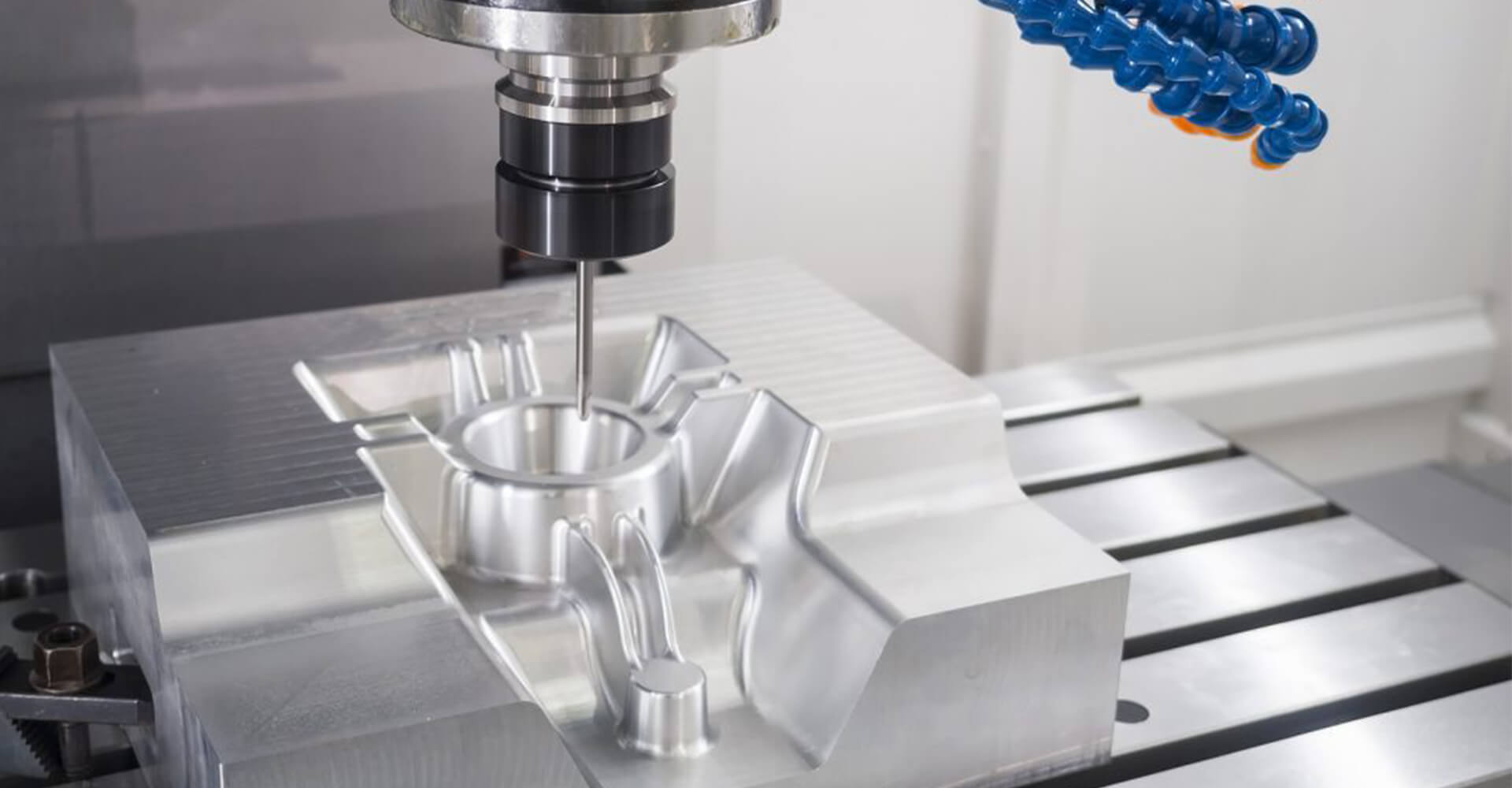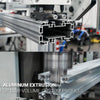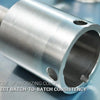Surface Finishes Unveiled: A Comprehensive Industry Insight?

Surface Finishes Unveiled: A Comprehensive Industry Insight?

Manufacturing is a world of precision, where every surface tells a story of innovation, durability, and performance. Surface finishes are the unsung heroes that transform raw materials into exceptional products, enhancing everything from automotive parts to medical devices. Understanding these critical processes can unlock a deeper appreciation for the technology that shapes our modern world.
In today's global marketplace, surface finishing represents a massive $82 billion industry, with the United States contributing approximately $10.7 billion annually. These numbers aren't just statistics—they're a testament to the critical role surface treatments play across multiple sectors, from automotive technologies to advanced industrial machinery.
As we dive deeper into the world of surface finishes, prepare to explore the intricate processes that make modern manufacturing possible. From cutting-edge CNC milling services to innovative 3D printing techniques, surface finishing is the magic that transforms good products into great ones.
Table of Contents
- What Makes Surface Finishes Critical to Modern Manufacturing?
- How Do Surface Finishes Impact Different Industries?
- What Economic Trends Define the Surface Finishing Market?
- What Technological Innovations Are Transforming Surface Finishing?
What Makes Surface Finishes Critical to Modern Manufacturing?
Manufacturing has always been about more than just creating components—it's about creating excellence. Surface finishes are the secret weapon that elevates products from ordinary to extraordinary, providing crucial benefits that go far beyond mere appearance.
At its core, surface finishing involves modifying the exterior of a material to improve its performance, durability, and aesthetic qualities. Techniques like electroplating, anodizing, and powder coating transform raw materials into high-performance solutions that meet the most demanding industrial standards.

Diving deeper, surface finishes serve multiple critical functions. They enhance corrosion resistance, improve wear tolerance, increase aesthetic appeal, and can even modify electrical or thermal properties of materials. Whether it's a delicate medical instrument or a robust automotive part, the right surface finish can make all the difference in performance and longevity.
How Do Surface Finishes Impact Different Industries?
Different industries rely on surface finishes in unique and innovative ways. The automotive sector leads the charge, consuming approximately 45% of all surface finishing services worldwide.
In automotive manufacturing, surface finishes are more than cosmetic—they're critical to safety and performance. Brake components, engine parts, and exterior panels all depend on precise surface treatments to withstand extreme conditions, resist corrosion, and maintain optimal functionality.

Aerospace and medical device industries follow closely, leveraging surface finishing to create components that must perform flawlessly under the most challenging conditions. Precision is not just a goal—it's an absolute requirement.
What Economic Trends Define the Surface Finishing Market?
The surface finishing market is a powerhouse of economic activity. With over 2,600 specialized shops in the United States and more than 71,000 direct employees, this industry is a significant economic contributor.
Projected growth is equally impressive. Surface treatment chemicals are expected to expand from $6.53 billion to $12.98 billion between 2023 and 2031—a clear indication of the industry's robust potential and continuous innovation.
From industrial machinery to cutting-edge 3D printing technologies, surface finishing continues to be a critical enabler of technological advancement.
What Technological Innovations Are Transforming Surface Finishing?
Technological innovation is rapidly reshaping surface finishing. Emerging techniques focus not just on performance, but on sustainability and environmental responsibility.
Advanced laser treatment, nano-coating technologies, and eco-friendly chemical processes are pushing the boundaries of what's possible. Companies are developing surface treatments that reduce environmental impact while simultaneously improving product performance.
Sustainability is no longer a choice—it's a necessity. The surface finishing industry is leading the way in developing greener, more efficient processes that meet both technological and environmental challenges.
Conclusion
Surface finishes represent far more than a simple manufacturing step. They are the critical interface between raw materials and high-performance products, driving innovation across industries.
As technology continues to evolve, surface finishing will remain at the forefront of manufacturing excellence, transforming how we design, create, and use products in an increasingly complex world.
External Links and Further Reading
-
Posted in
surface finish





